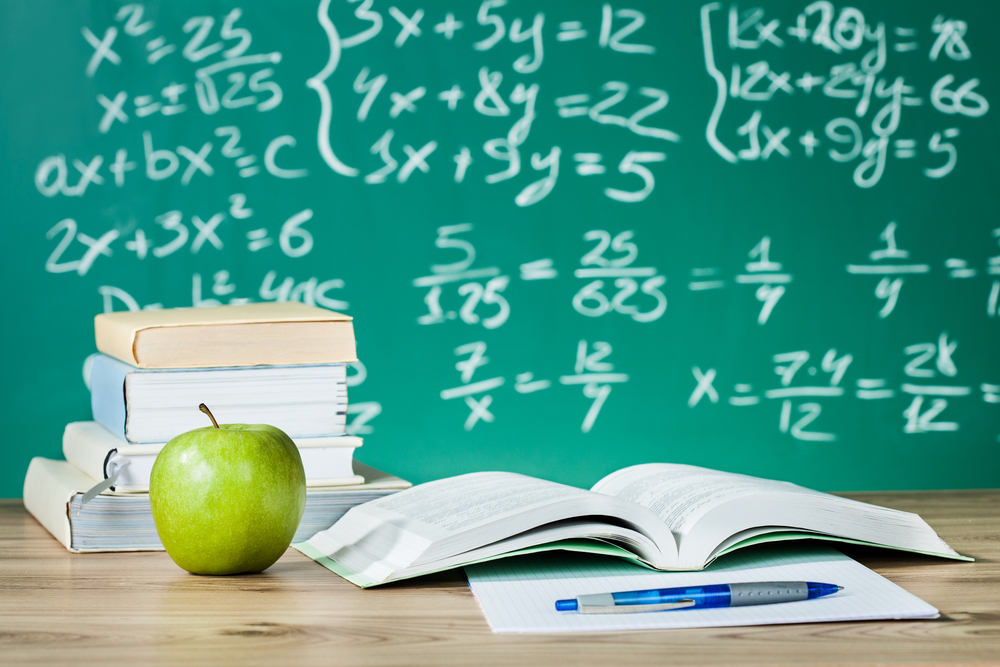The focus of this activity to challenge students to unpack a rule and see if it is being used correctly. Often students will just learn a rule and blindly use it. This task gets students to stop and think and then make corrections to ensure the rule works in all cases (generalise).
Purpose
- Count forwards and backwards using fractions, e.g. ½, 1, 1½ , 2, etc.
- Use fractions to represent information
- Identify, continue and create simple number patterns involving adding fractions
- Solve word problems that involve addition and subtraction of fractions with the same denominator and denominators that are a multiple
- Represent and recognise equivalent fractions
- Use what is known about a pattern to develop a rule or generalisation
Curriculum Connections
NSW Syllabus Mathematics K-10 – Stage 3.2: Patterns & Algebra 2
- Continue and create sequences involving whole numbers, fractions and decimals; describe the rule used to create the sequence (ACMNA133)
Curriculum Connections
NSW Syllabus Mathematics K-10 – Stage 3.2: Fractions and Decimals 2
- Compare fractions with related denominators and locate and represent them on a number line (ACMNA125)
- Solve problems involving addition and subtraction of fractions with the same or related denominators(ACMNA126)
At the end of this lesson students should be able to answer the following questions
- What is a unit fraction? How do you read/record fractions?
- How can we use equivalent fractions to check if the equation makes sense and is correct?
- What do you notice about the equations Charlie has written?
- Do you notice any patterns?
- How can you check these are correct?
- What happens when we add fractions?
- Why is the denominator important?
- Can we use a diagram to show what is happening?
For more information, please download the attached lesson plan.
Recommended Posts



